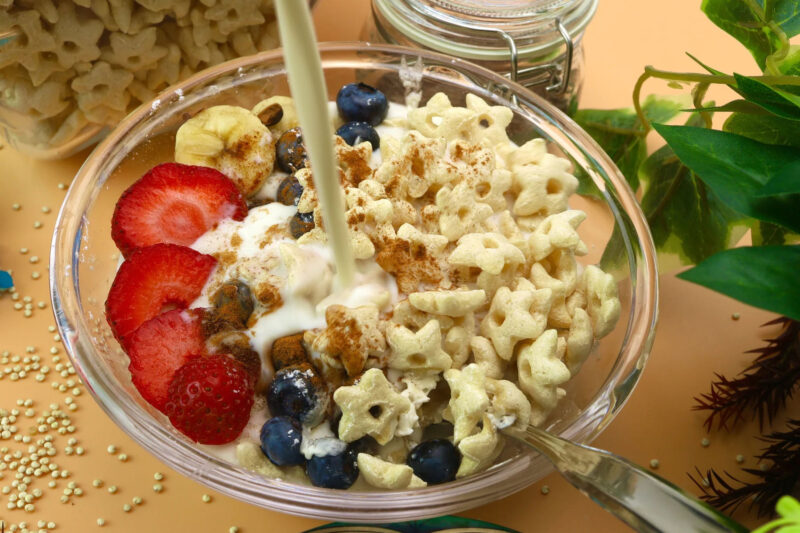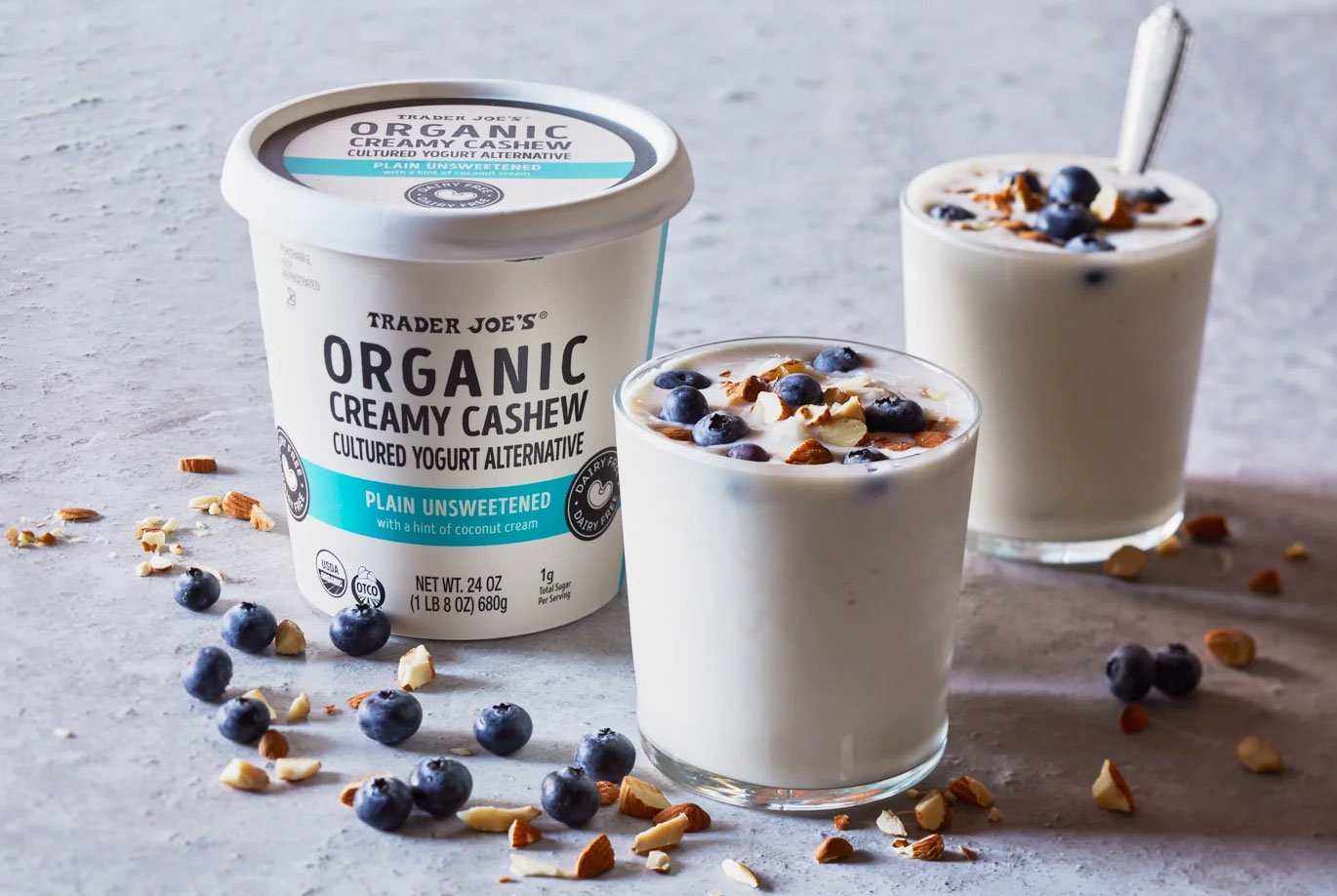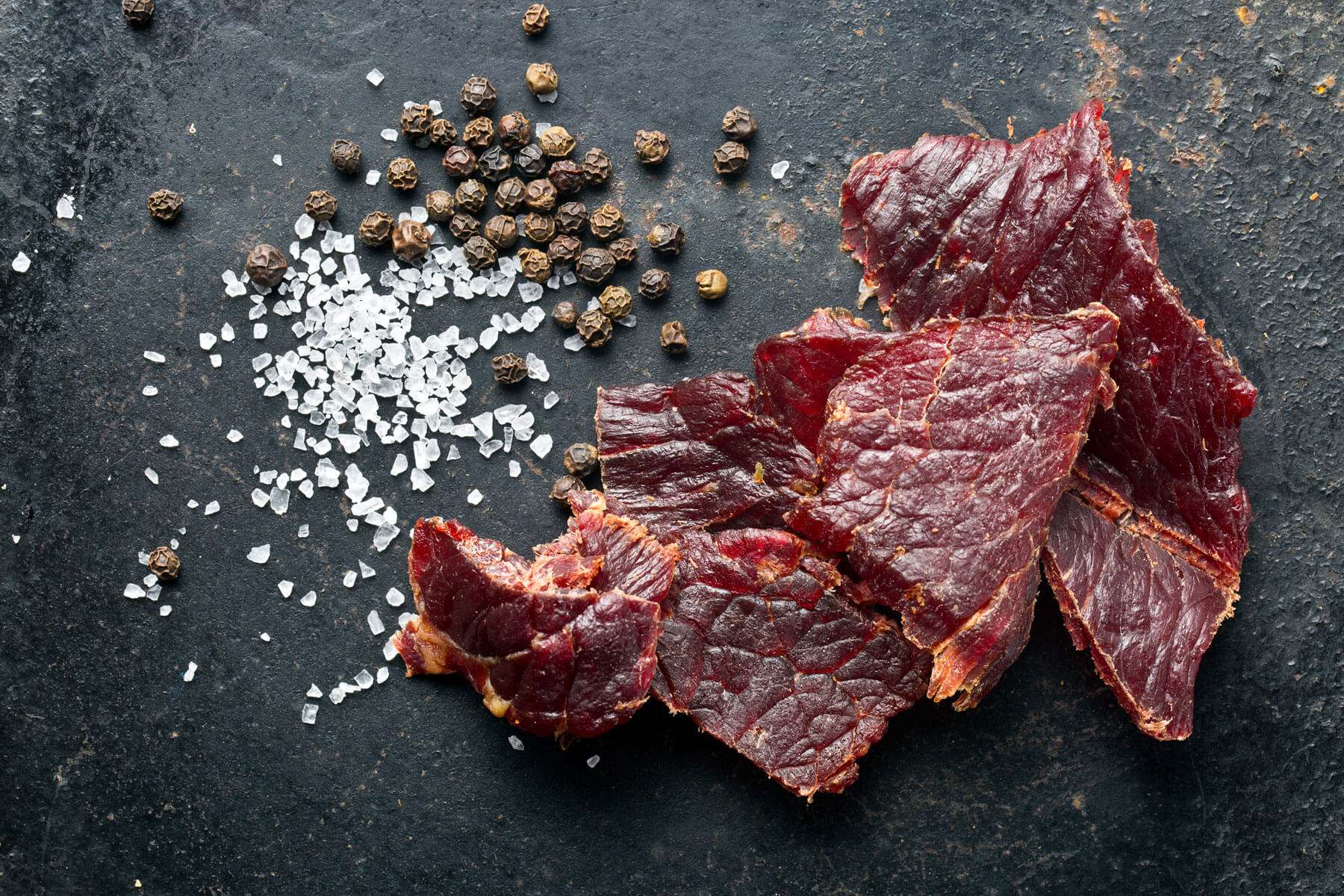Many of us grew up accustomed to a sweet breakfast, often through sugar-laden cereals. And though you may have moved beyond the colorful mascots of your childhood, the rest of the cereal aisle is not much better, even when you see phrases like “more fiber” and “less sugar.” The unfortunate truth: These labels are often little more than marketing claims. It’s hard to suss out healthier cereals from ultra-processed ones at a glance.
For example, you might pick Raisin Bran over Lucky Charms and Fruity Pebbles. But Raisin Bran is higher in sugar and carbs: One cup contains 38 grams of carbs and 16 grams of sugar versus the roughly 31 grams of carbs and 12 grams of sugar in the other cereals. That’s more sugar than in a glazed doughnut.
However, a handful of new cereal brands target low-carb eaters. While these have half the carbs (or less) of traditional cereals, many are grain-based and processed and may still spike your blood sugar, especially when eaten in excess or unaccompanied by a source of healthy protein, fat, and fiber.
For optimal metabolic health, you’re better off training yourself away from the morning sweet tooth and favoring a low-carb breakfast, such as a chia pudding or egg frittata. But if you must occasionally indulge that nostalgic craving for cereal, read on to learn how to choose a better bowl.
Cereal Shopping Advice
Thanks to packaging and marketing, it’s tricky to find healthier cereals. Start with these simple guidelines.
1. Ignore front-of-the-box labels. Walk down any cereal aisle, and you’ll spot phrases like “Low sugar!” “High fiber!” and “All-natural!” And for good reason: Research shows that many people are more likely to buy cereals touting these health claims. Unfortunately, many of these aren’t regulated by the government, so they don’t mean much. A smarter move: Read the nutrition facts label and ingredient list on the side or back of the box.
2. Steer clear of added sugars. Any sugar should come from the cereal’s ingredients, such as dried fruit, instead of added sources like rice syrup and cane sugar. Sugar-free cereals can be a better option, but ensure they’re sweetened with a natural sweetener such as monkfruit, stevia, or allulose, which don’t seem to spike blood glucose and insulin the way sugar does. Meanwhile, artificial sweeteners (think: sucralose and saccharin) may interfere with the gut microbiome and, in turn, negatively impact metabolic health.
3. Look for alternative flours. Refined grains are stripped of their outer layers (called the germ and bran), which contain fiber, vitamins, and minerals, and slow digestion. As a result, foods made with these processed flours set off a faster rise in blood sugar compared to whole grains or, even better, non-wheat flours. In the ingredients list, look for alternative flours, such as chickpea or almond flour, which contain more protein and fiber.
4. Pay attention to portion sizes. There’s no standard serving size for cereal, so check the amount on the nutrition facts label. Then, use measuring cups to avoid overserving yourself. According to one study, the average bowl shown on the front of a cereal box is about two-thirds bigger than the recommended portion. Your best bet: Treat cereal like dessert—keep portions small and eat it last.
5. Amp up the nutrients. Even less harmful cereals are still processed foods short on nutrients, so bulk up your breakfast with colorful additions. You can stir your cereal into a high-protein Greek yogurt, add plant-based milk and nut butter, or top it with berries, nuts, and seeds for antioxidants and fiber.
8 Cereals to Consider
Magic Spoon Fruity
This fruity cereal will transport you back to childhood. But, unlike the breakfast of your youth, these keto-friendly O’s contain 13 grams of protein and only 4 grams of net carbs per cup. They’re sweetened with allulose and contain casein and whey for extra protein. This low-carb cereal brand comes in nine flavors, including peanut butter and blueberry muffin. Note that Magic Spoon cereals use some sunflower oil; it’s blended with avocado oil and in a form that has less of the potentially damaging linoleic acid, but if you steer clear of all seed oils, best to skip this brand.
Per serving (1 cup): 150 calories, 8 g fat (1 g sat), 15 g carbs, 1 g fiber, 0 g sugars, 13 g protein, 160 mg sodium
Price: $9.99* for a 7-ounce box
Bob’s Red Mill Paleo Style Muesli
This Swiss-style cereal is grain-free—made from coconut flakes, seeds, nuts, dried fruit, freeze-dried strawberries, and a touch of pineapple juice. It’s a slightly sweet, chewy, and crunchy cereal that doesn’t get soggy in milk or yogurt.
Per serving (1/4 cup) 140 calories, 10 g fat (7 g sat), 9 g carbs, 4 g fiber, 3 g sugars, 3 g protein, 0 mg sodium
Price: $13.60 for a 14-ounce bag
Catalina Crunch Keto Friendly Cinnamon Toast
Score the cinnamon toast flavor of the traditional cereal with less than half the carbs. This crunchy version uses stevia and monk fruit as sweeteners so you won’t get the same blood sugar spike. Pea protein and chicory root fiber also help temper your blood glucose response.
Per serving (1/2 cup): 110 calories, 5 g fat (4 g sat), 14 g carbs, 9 g fiber, 0 g sugars, 11 g protein, 110 mg sodium
Price: $7.39 for a 9-ounce bag
Three Wishes Unsweetened
These crunchy Os contain only chickpea, pea protein, tapioca, and salt, so they’re high in protein (8 grams per cup) and free of gluten, soy, and sugar. Because they’re unsweetened, they’re delicious paired with milk and tossed into savory trail mixes.
Per serving (1 cup): 120 calories, 2 g fat (0 g sat), 17 g carbs, 3 g fiber, 0 g sugars, 8 g protein, 130 mg sodium
Price: $6.99 for 8.6-ounce box
Awsum Snacks Organic Quinoa Supercereal
Made from only puffed organic white quinoa seeds, this cereal delivers iron, potassium, and magnesium, which plays a role in glucose control and insulin sensitivity. Although it has the shortest ingredient list of any cereals in this list, it also has the highest net carb count; pair it with a high-protein side such as Greek yogurt or eggs for balanced blood sugar.
Per serving (1 ounce): 100 calories, 1.5 g fat (0 g sat), 18 g carbs, 2 g fiber, <1 g sugars, 4 g protein, 0 mg sodium
Price: $3.79 for 6-ounce bag
Nature’s Path Organic Dark Chocolate Keto Cereal
Satisfy chocolate cravings with these crunchy puffs. They’re made with navy bean flour, so each serving delivers 7 grams of protein and 18 grams of carbs. This cereal gets its sweetness from monk fruit and erythritol, a generally well-tolerated sugar alcohol.
Per serving (1 cup): 110 calories, 2.5 g fat (2 g sat), 18 g carbs, 10 g fiber, 0 g sugars, 7 g protein, 280 mg sodium
Price: $7.39 for a 9-ounce box
Julian Bakery PaleoThin Coconut Flakes
This organic cereal contains only three ingredients: coconut meat, coconut water, and organic palm starch. So, it makes sense that the crunchy flakes have a rich coconut flavor that tastes great in milk, yogurt, or on its own. Plus, coconut is one of the best fruits for blood sugar, thanks to its fiber and fat content.
Per serving (1/2 cup): 160 calories, 9 g fat (9 g sat), 18 g carbs, 8 g fiber, 5 g sugars, 1 g protein, 15 mg sodium
Price: $9.99 for a 10.58-ounce box
Farm Girl Honey Os
This cereal has the classic honey-nut flavor for only 6 net carbs per serving. It’s made from oat protein and fiber, virgin avocado oil, and monk fruit juice extract.
Per serving (1 bowl, 28 g): 70 calories, 2 g fat (0.5 g sat), 16 g carbs, 10 g fiber, 0 g sugars, 9 g protein, 105 mg sodium
Price: $10.99 for a 9.8-ounce bag
*The prices in this article reflect those listed by the retailer at the time of publication. Prices and local store availability may vary.
Levels has no affiliation or sponsorship with any food brand mentioned here or elsewhere, and we receive no revenue if you buy through any of these links.
 See how low-carb cereal affects your metabolic health
See how low-carb cereal affects your metabolic health
The best way to understand how cereals like these can impact your blood sugar is with a continuous glucose monitor and an app like Levels to help you understand your data. Levels members get access to the most advanced CGMs and personalized guidance to build healthy, sustainable habits. Click here to learn more about Levels.









